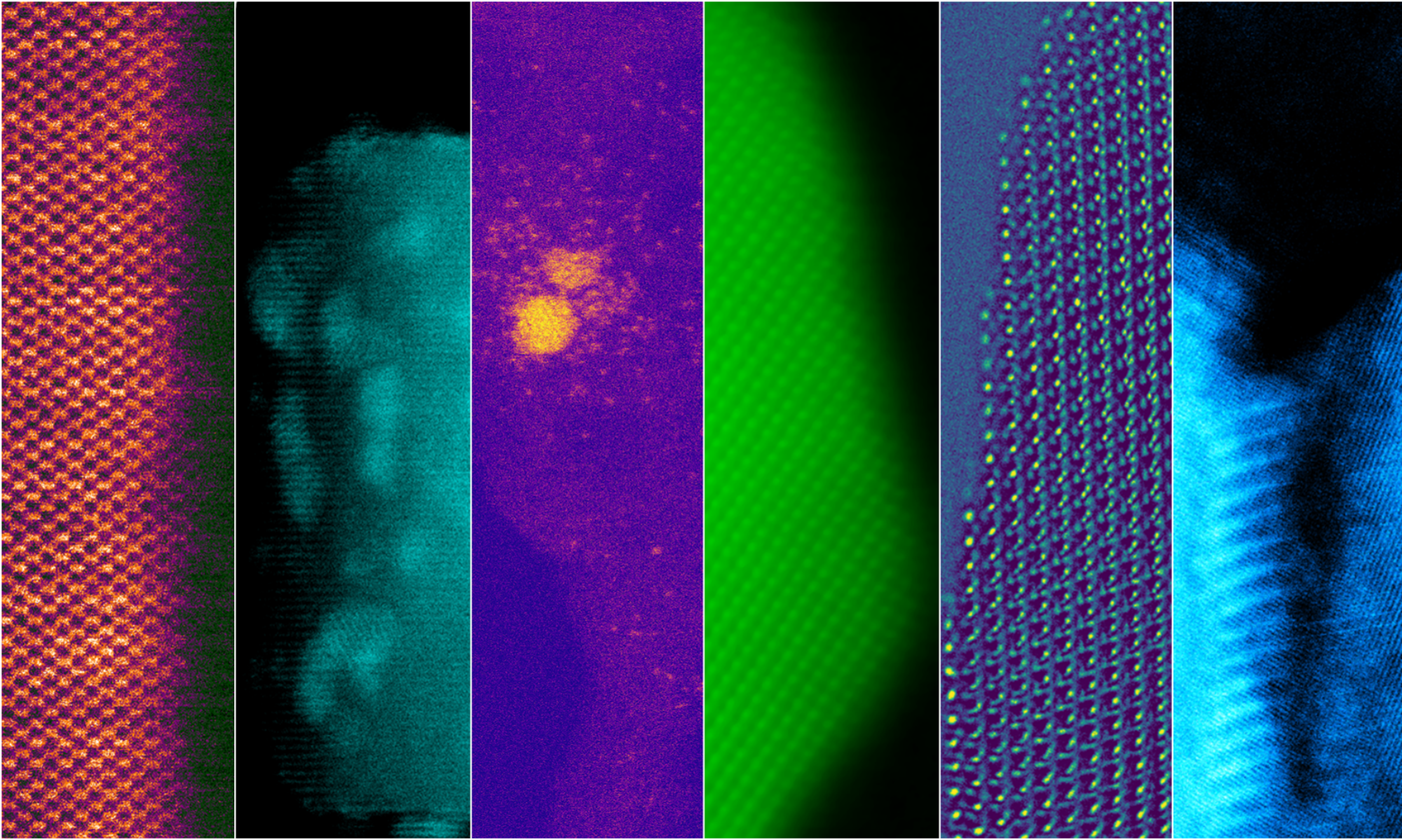One of the most attractive advantages of SOFCs is its potential ability of oxidizing various types of fuels (hydrogen, hydrocarbons…). One way to approach this is to add an internal reforming layer that converts hydrocarbon fuels to hydrogen. We synthesize 20 at% Ni, 15 at% Gd co-doped ceria nanopowders, which is the promising reforming catalyst, using a spray drying technique.

Catalytic reforming characterization has been investigated by heating the fresh catalyst in flowing methane and oxygen gases in an ISRI RIG-150 microreactor. A gas chromatography (Varian GC-450) is used to determine the existing gases to monitor the trigger of the methane partial oxidation reaction which converts methane to hydrogen and carbon monoxide.

The above plot shows a rapid increase of methane conversion (red curve) and CO yield (purple curve) at around 700 degree celcius resulting from the catalytic effect.
